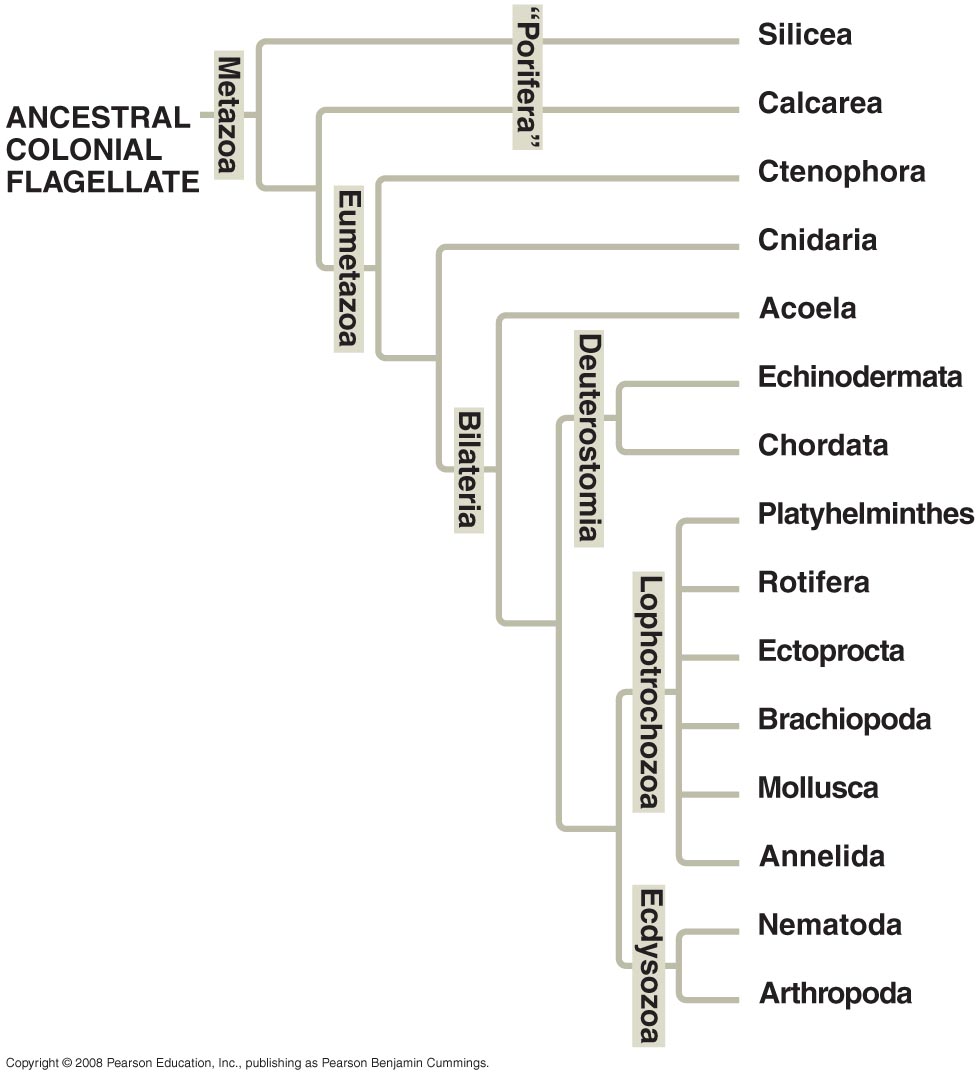Classification
Domain-Eukarya
Kingdom-Animalia
Phylum-Bryozoa
Class-Gymnolaemata
Order-Cheilostomata
Family-Bugulidae
Genus-Bugula
Species- Bugula neritina
Domain Eukarya
The Domain Eukarya is characteristic of having
eukaryotic cells. Eukaryotic cells have a true nucleus
and membrane-bound organelles. Organisms within this
domain can be unicellular, multicellular or colonial
(Domain Eukarya 2013). Explore the diversity of the domain Eukarya by
checking out any of the following organisms
Populus deltoides,
slime molds, or
Laetiporus sulphureus!
Kingdom-Animalia
Organisms within the kingdom Animalia are multicellular
and eukaryotic. In addition, organisms obtain their
food from outside sources, therefore, they are
heterotrophs. Within Kingdom Animalia, food is stored
at glycogen or fat (Kingdom Animalia, 2014). Food can either
be digested first and then absorbed such as in the
organism
Elephas maximus or the food can be ingested
and then digested such as in the organism
Aspergillus fumigatus.
Phylum-Bryozoa
a.k.a Ectoprocta
Bryozoa means “outside anus”. This means the anus is
located outside of the lophophore structure. Organisms
within this phylum have zooids and an avicularium
structure which is used in keeping predators away
(An Introduction to the Study of Invertebrate Zoology).
Ectoprocta phylum in relation to its neighboring Lophotrochozoa phylums.
Class-Gymnolaemata
Order-Cheilostomata
The order Cheilostomata is characterized by a calcareous
or chitinous covering over the individual members of a
colony (Cheilostomata, 2014).
Family-Bugulidae
Within the family Bugulidae, the ovicells are
independent of each other and have an ectooecium
membrane (Bugulidae, 2011).
Genus
species-Bugula neritina
Bugula neritina is characterized as the only bryozoan
having a reddish-purple color with straight bushy tufts. They
also have globular ovicells and no avicularium (The
Exotics Guide, 2011).
Phylogenetic tree showing Bugula neritina in the Bryozoa phylum with its sister species, Flustrellidra hispida
For more interesting exotic marine animals visit The Exotics Guide: Non-Native Marine Species of the North American Pacific!
